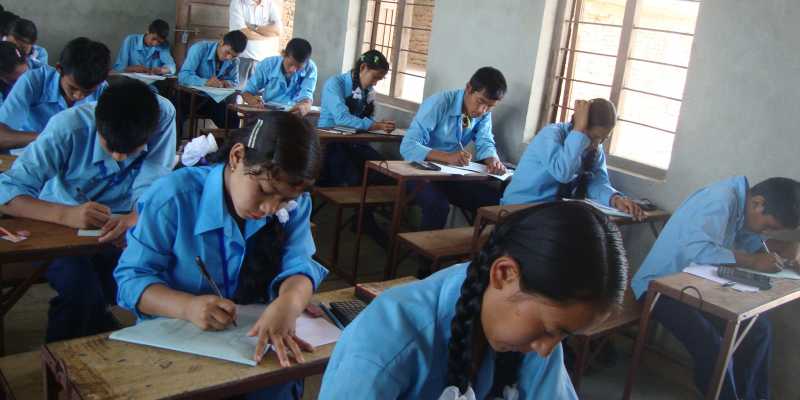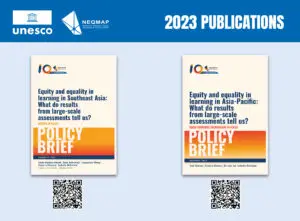Every student has different characteristics. Therefore, the style and pace of learning depend on the context, personal characteristics and home background of the learner. Similarly, the student’s learning is influenced by the curriculum as well as teacher- and school-related factors.
Teaching-learning activities are usually conducted in classroom without bias or discrimination. Yet the performance of students differs from individual to individual. We cannot tell exactly what factors enable student learning, while it is not easy to differentiate between the most and least influential factors. These are always debatable issues. However, there is no doubt that the roles of the different factors related to curriculum, school, teachers and students are crucial for student learning.
There are literally thousands of research studies that have been conducted focusing on student learning achievement and contextual factors worldwide. In the case of Nepal, the National Assessment of Student Achievement (NASA) 2011 was the first large-scale study that looked into contextual factors related to learning outcomes. After that, the national assessment was conducted in 2012, 2013, 2014 and 2017 with the following framework used to collect data on contextual factors:

Factors related to student achievement can be practically limitless. However, some are more commonly examined or widely studied across different literatures. These include parental factors, socio-economic status (SES), student gender, age, teacher characteristics, curriculum and some school-related factors. There are many intellectual debates and discussions around which of these factors has the strongest relation to learning achievement. For instance, according to an Organization for Economic Co-operation and Development (2011) report, “Students’ socio-economic background may have a greater influence on learning than the individual characteristics of the schools” (p. 13). However, the Education for All Global Monitoring Report (EFA/GMR)(2002) emphasized the importance of students’ characteristics for improved learning outcomes. The report (table 2.14) indicated that students’ characteristics such as aptitude, ability, perseverance/commitment, nutrition and health, school readiness, early child care education attendance and gender are student-related inputs that contribute to assessing education quality (p. 81). It is evident that there are many factors associated with student achievement, but the magnitude of effect of these factors may differ according to the context.
For instance, according to the NASA 2017 report published by the Education Review Office (ERO), Ministry of Education, there are some factors that seem to have consistent influence on student performance regardless of subject areas. For example, the SES of students has consistently been found to have the strongest influence on student achievement in Nepal. The study also found that the urban or rural location of schools influenced learning. Similarly, the attitude of students towards subjects affects student performance in Mathematics, Science and the Nepali language. Students who chose the option “I really like this subject” performed better than those opted for “I feel this subject is difficult or don’t like it”. It was also clear from the study that there was a positive correlation between student achievement and attitudes towards school in all three subject areas. On the other hand, some factors affected learning outcomes differently depending on subject areas. For instance, the language spoken at home had more influence on Nepali language learning than Mathematics. Similarly, gender influence differed across subjects. Girls performed slightly better in Nepali language than Mathematics whereas boys outperformed them in Mathematics.
ERO will conduct the national assessment for grade 10 in 2018. This will be the first attempt to test grade 10 students through national assessment and will cover the four subject areas of Nepali, Mathematics, Science and English.
Related links:
- OECD. (2011). Quality Time for Students: Learning In and Out of School, OECD Publishing.
- UNESCO. (2002). Education for all global monitoring report 2002.
- Education Review Office. National Assessment of Student Achievement Report 2017.
Written by: Devi Ram Acharya, Education Review Office, Nepal
For more information, please contact: Devi Ram Acharya [deviramac@outlook.com]
Photo credit: ©Education Review Office/Devi Ram Acharya






